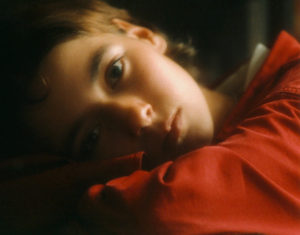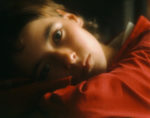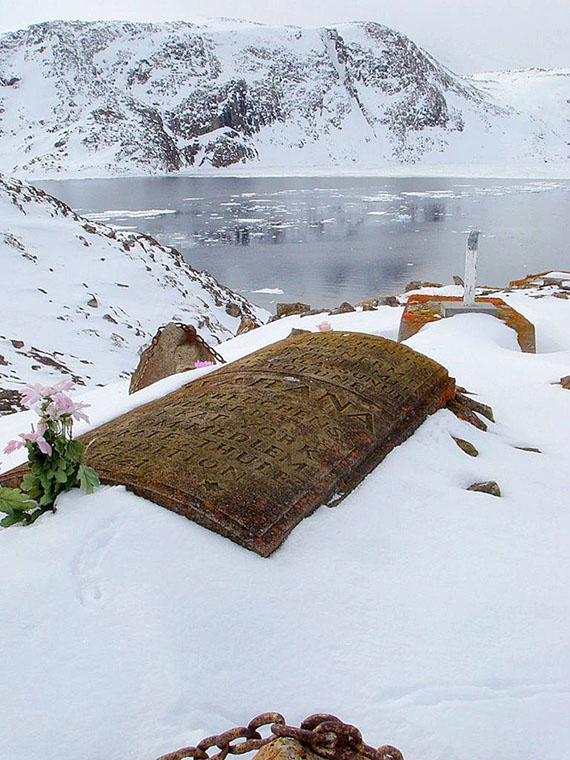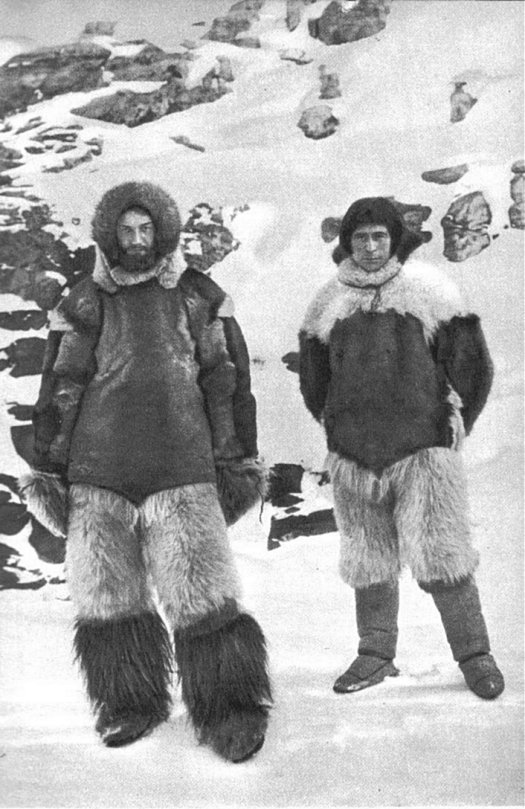
Le grand amour de Peter Freuchen fut sa première épouse, Navarana, une Inuit du Nord-Groenland. Quand il la rencontra, elle était encore pratiquement une enfant ; dans son livre de 1935, Arctic Adventure: My Life in the Frozen North, et celui édité en 1961 par sa veuve Dagmar, Peter Freuchen’s Book of the Eskimos, il la décrit comme une « petite fille ». Elle s’appelait alors Mequpaluk. Elle et sa mère avaient failli succomber à la faim suite à la mort de son père. Sa mère s’était remariée, mais son beau-père la négligeait. Elle était toujours habillée de vieux vêtements élimés, parfois faits d’assemblages de peaux de chien ; en cela son beau-père appliquait l’adage nord-groenlandais qui veut qu’une jeune femme soit habillée par son mari, et non par son père. Un jour un homme mauvais la viola, et au lieu de la plaindre, son beau-père ironisa sur son agresseur qui devait être bien bête pour s’en prendre à une fille pas encore faite, alors qu’il avait une excellente femme à la maison. CONTINUE READING / CONTINUER LA LECTURE…



